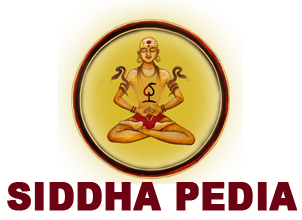Sharabha Rudra Avatar
The word ‘Sharabha’ (Sanskrit: शरभ) is a Sanskrit word which refers to one of the species of deer. ‘Sharabh’ is also referred to an animal group called ‘Jaṅghāla’ (large-kneed). ‘Sharabh’ is a specific breed of deer whose legs are very long and extremely strong. But here ‘Sarabha Rudra Avatar’ is one of the Divine incarnations of… read more »










